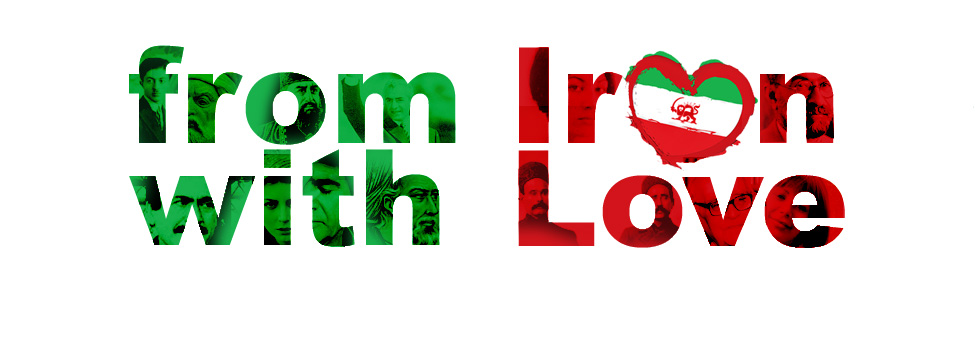Quoted from Listening Post program blog:
Over the past couple of months, Iran has been in the news, and the news has not been good. There was the alleged Iranian plot to assassinate a Saudi diplomat. Then came the International Atomic Agency's latest report on the country's nuclear programme. And in November, hundreds of Iranians stormed the British embassy in Tehran. Behind the headlines however, there has been another story - Iran's media conflict with the West, especially the UK.
Within Iran, BBC's Persian service is on the authorities' blacklist and the channel's signal into the country is regularly jammed. Journalists can be arrested on mere suspicion of working for the BBC. On the flip side, Iran claims that Britain inflicts unfair fines and regulations on its state-funded international news channel Press TV. The war between the countries and the broadcasters has a long history and is getting progressively more heated. In Our News Divide this week, we take a closer look at the media crossfire between London and Tehran.


